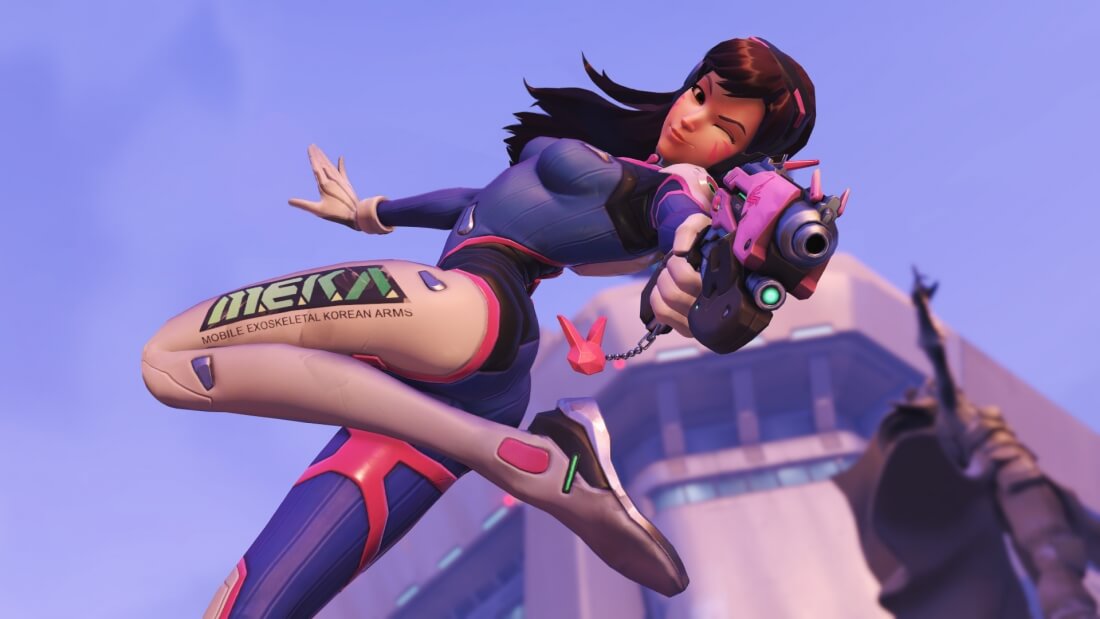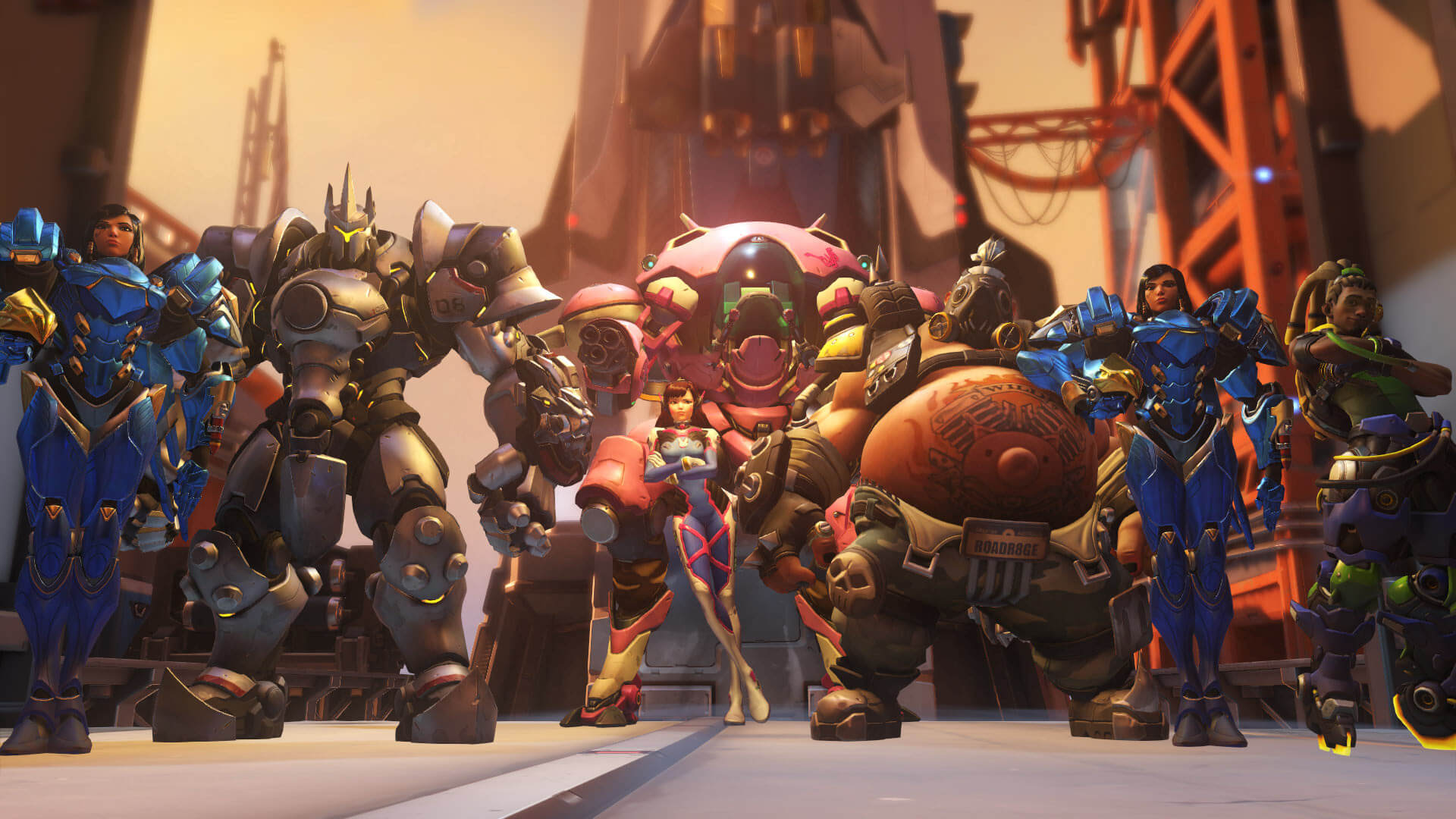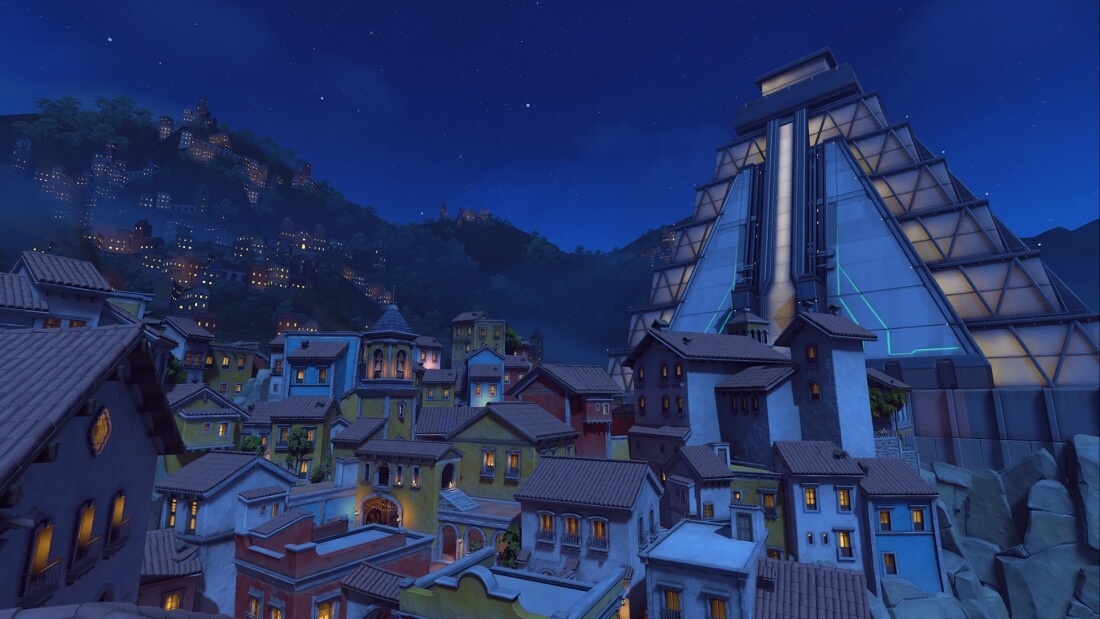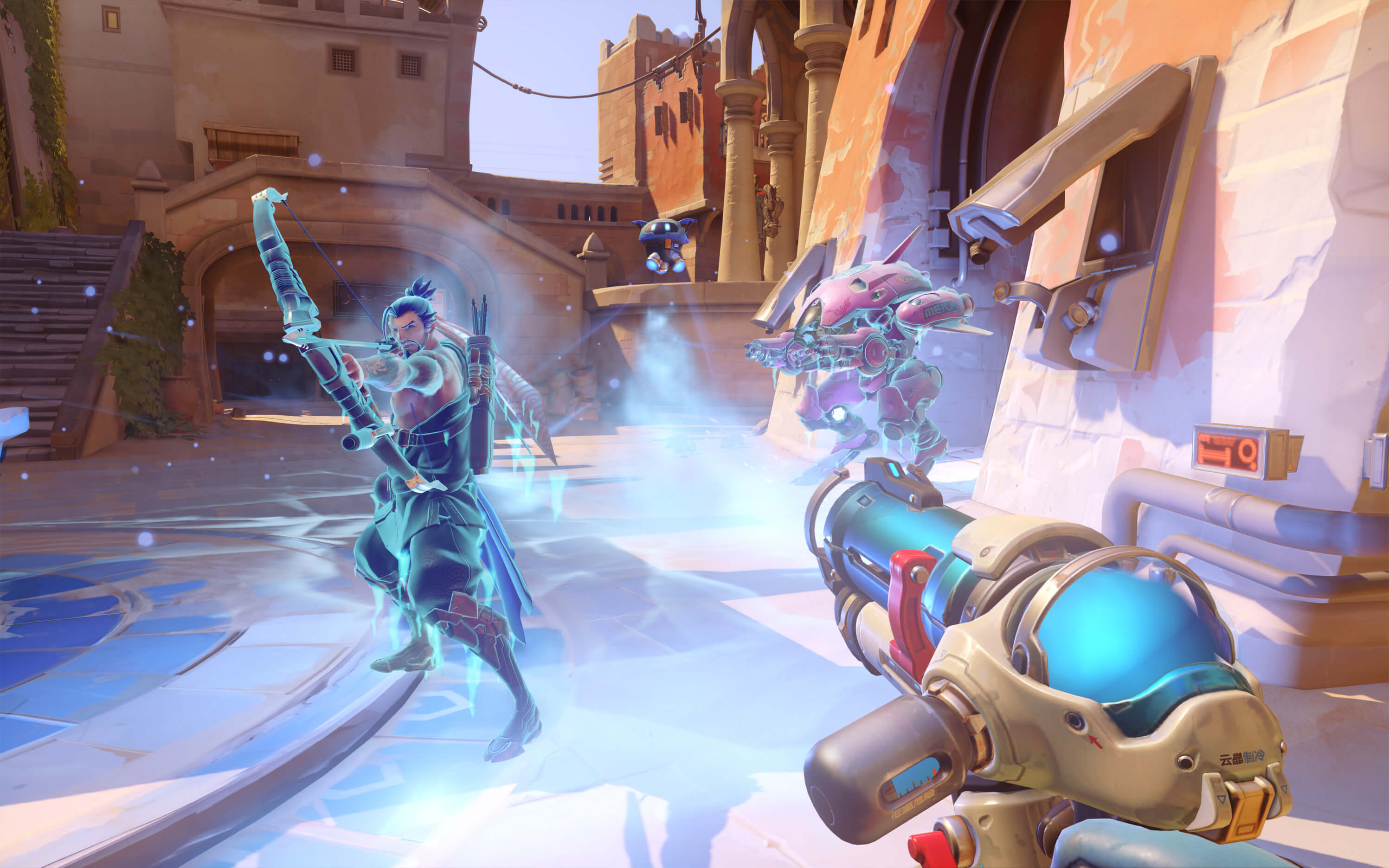Who's on Overwatch?
By this point I think it's official: Overwatch is an awesome game that's well worth its $40 asking price. Publications such as Destructoid and Game Informer rated it a 10 out of 10 while our Product Finder metascore is currently sitting at a comfortable 94 out of 100.
Making the game even more affordable are the surprisingly relaxed PC hardware requirements. Those playing at 1080p and wanting to enjoy the game on ultra-quality settings should be able to run it on just about anything within reason – even the Radeon R7 260X cracked 60fps.

High-end hardware has its place too, of course. Keep in mind that this is a competitive online multiplayer game and there's a real difference between 60fps and 90fps, even on a 60Hz monitor (with vsync disabled). Seeing 90fps with the GTX 1080 at 4K was very much welcomed and right now this seems like the GPU you'll want for taking Overwatch seriously at this extreme resolution.
For those wondering how the GTX 1080 performed using the epic quality preset at 4K, we gave it a quick shot and found the average frame rate dropped by a little over 20% down to 70fps with the minimum staying just above 60fps.
Both AMD and Nvidia can be seen delivering strong competitive performance in Overwatch. The Fury X was just 3fps behind the GTX 980 Ti while the Nano lead the standard 980 by 8fps. The R9 390 was also 5fps faster than the GTX 970.

There weren't any real surprises when testing CPU performance. I feel our method here for measuring CPU performance was as good as it gets in terms of load and accuracy. It was a long and exhaustive testing period but I enjoyed gathering the results.
As usual, gamers with extreme GPU configurations will be best served by an Intel Core i7 processor followed by a Core i5. The AMD FX series wasn't far behind the Core i5s when clocked at or above 4GHz. The Core i3s matched the average frame rate of the FX processors but were quite a bit slower when looking at the minimum frame rate.

Overwatch will run on a dual-core processor such as the Pentium G3258 but performance isn't great at stock speeds – it's a stuttering mess if I'm honest, though keep in mind that we did test using the maximum amount of AI controlled bots. The simple solution was overclocking to at least 4GHz which smoothed out the stuttering.
Overall, Blizzard has managed to deliver a level of refinement not seen from shooters in years and fortunately PC gamers with even somewhat respectable hardware should be able to get in on the action. If only I had more time to do the same...
